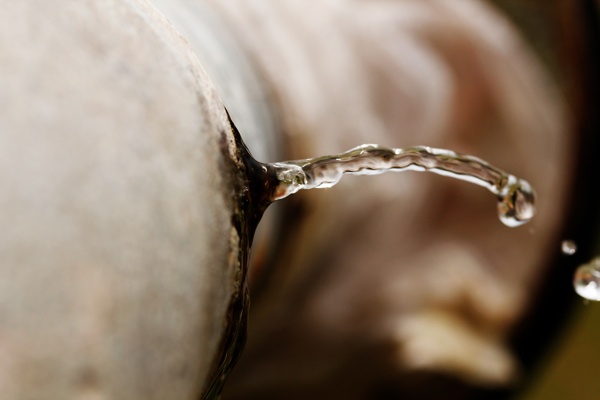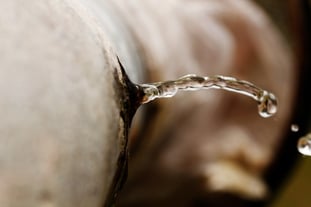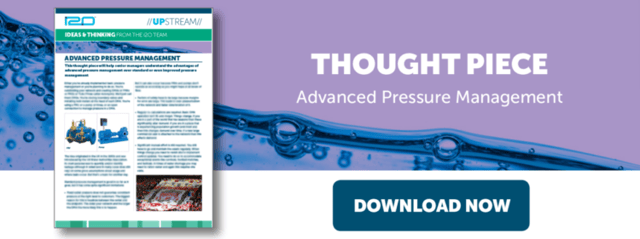
World leaders say water crisis is number one global risk
Water security, according to the World Economic Forum (WEF), is one of the most tangible and fastest-growing social, political, economic and environmental challenges faced today. Based on its potential impact to Society, WEF ranks the water crisis as the number one global risk.
 Demand for water is expected to increase around the globe over the coming years to the extent that analysts forecast the world will face a 40% shortfall between demand and available supply by 2030.
Demand for water is expected to increase around the globe over the coming years to the extent that analysts forecast the world will face a 40% shortfall between demand and available supply by 2030.
While localised water shortages are nothing new, it is becoming a global issue. WEF states that annual water withdrawals must be brought back to what is naturally renewed over the same period and warns that “without a marked change in how available water resources are managed,” there will be “an impossible demand-supply conundrum for governments to resolve.”
Alongside efforts to improve access to clean water amongst the 750 million world citizens currently without, significant work needs to be done to ensure the world has adequate water stocks in the years to come.
Due to a combination of pressing environmental and compelling commercial reasons, i2O’s utility customers are already getting smarter in how they make best use of the water they have at their disposal and reduce the levels of lost water.
Increasing numbers of utilities around the world are using i2O’s Advanced Pressure Management technology to learn the characteristics of water flow and pressure throughout their distribution networks and intelligently adjust them to remove the excesses that accelerate leakage and burst frequency.
In the last year we’ve made significant progress in some of the driest and most water stressed areas of the world. We expanded significantly in Chile, Colombia and the Philippines, and won our first major contracts in Brazil and Saudi Arabia, where growing demand from population growth, urbanisation and increasing economic activity threatens to outstrip supply in major cities.
Combining network intelligence, tools for remotely managing pressure and advanced automation capabilities, Advanced Pressure Management is used by 66 utilities around the world to save 235 million litres of water every day and ensure supply to millions. Where installed we’ve reduced leakage by 20% and burst frequency by 40% on average.
There is a huge amount of work that needs to be done to ensure security of water supply in the decades to come. Smart utilities have already recognised that improving the intelligence of their networks and reducing the stresses associated with excess pressure is a key component of this vital ongoing work to restore balance.
Tags: Blog, Advanced Pressure Management, Industry Challenges, LATAM, Europe, Africa, UK, Asia Pacific, North America, Middle East
